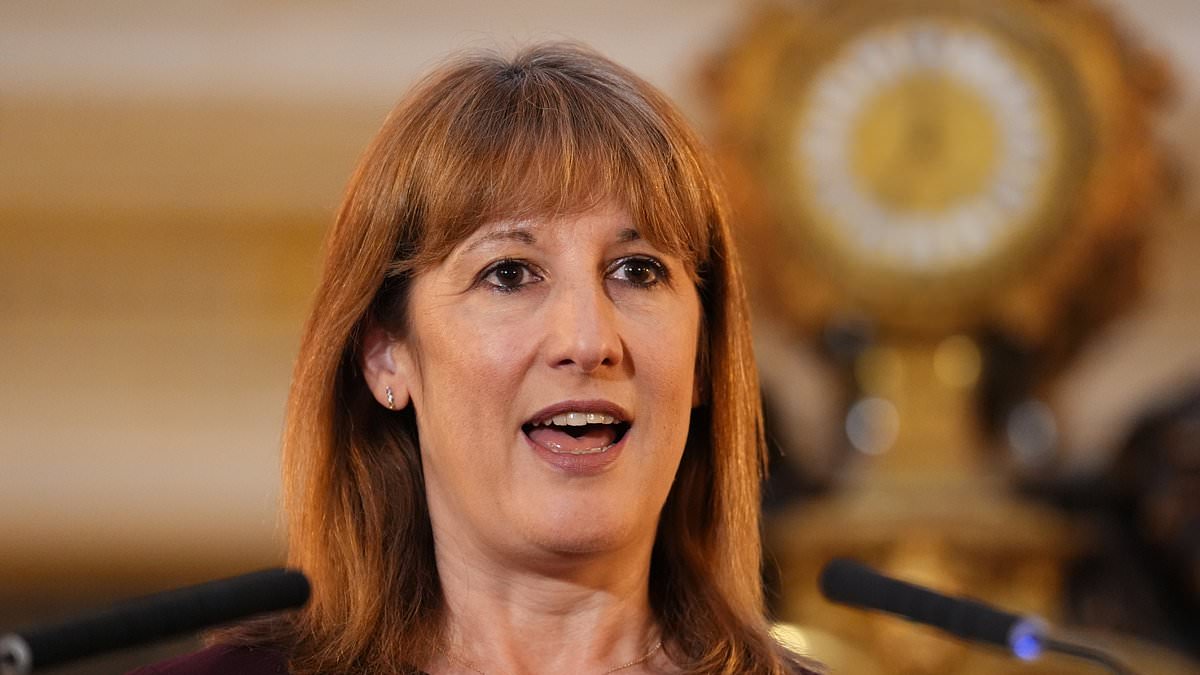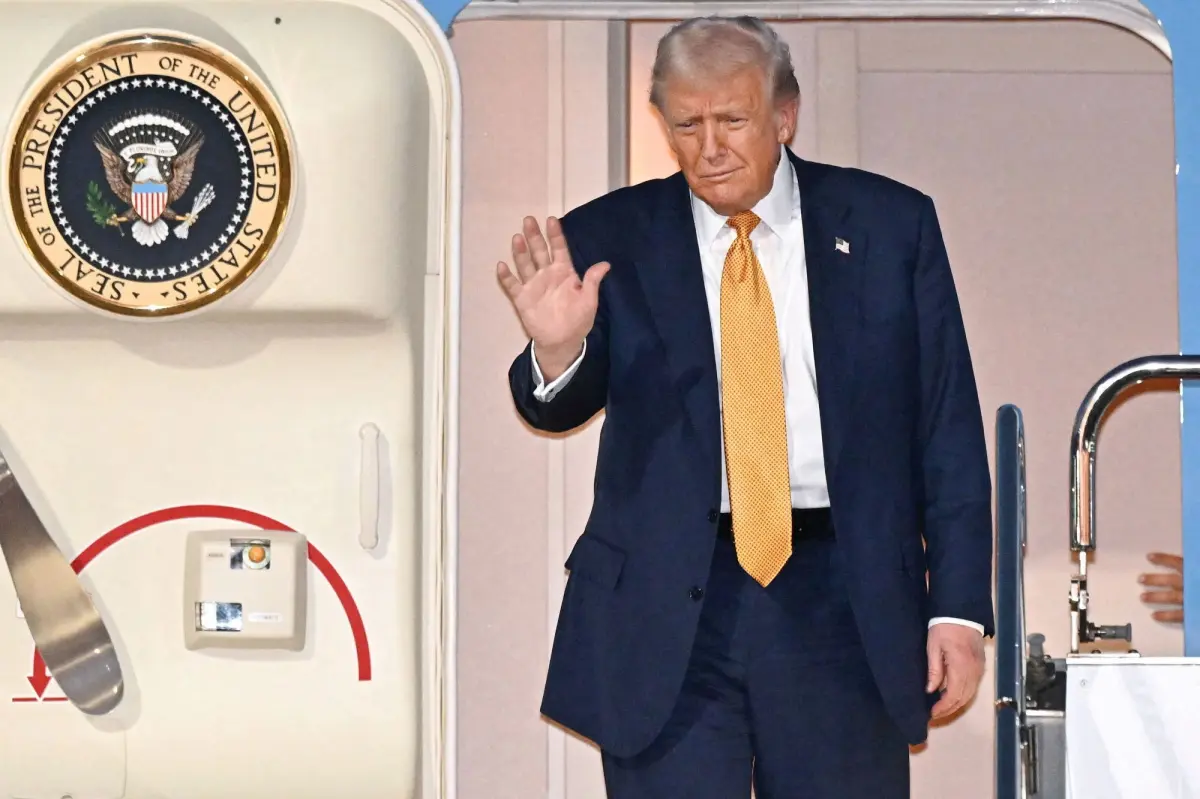Copyright brecorder

This week might start off on a challenging note due to ongoing uncertainties surrounding the US federal government shutdown, which is now in its third week. Additionally, a meeting is anticipated between US and Chinese leaders, Donald Trump and Xi Jinping, to address unresolved trade issues. The upcoming encounter in South Korea on October 30 has encouraged a rise in global equity markets. Another key event this week was the release of the US consumer price index (CPI) inflation report, which came in slightly lower than forecasts, showing September CPI inflation at 3 percent, compared to an anticipated 3.1 percent, and core inflation at 3 percent, below the projected 3.1 percent. The month-over-month figures for both core and heading CPI were weaker than expected. The essential takeaway is that while overall inflation has increased, core inflation has decreased. The CPI results during the shutdown were an unusual occurrence. In the foreign exchange markets, Japan’s newly elected pro-growth Prime Minister is advocating for increased spending that necessitates looser monetary policies, creating downward pressure on the Japanese Yen, which has fallen to a two-week low against the US dollar. The Bank of Japan will make its interest rate decision on Wednesday. On the same day, Bank of Canada’s policymakers are scheduled to meet and may consider cutting interest rates again after a six-month pause, despite higher inflation, similar to their actions in September. The European currency has seen some gains following positive reports regarding the service sector. Last week, the Pound Sterling faced pressure due to the release of disappointing inflation data. The Bank of England is set to convene in December to evaluate the potential for lowering interest rates. Furthermore, the UK budget which is due for the next month is another critical topic, as the UK grapples with fiscal challenges that are expected to lead to spending cuts and tax increases, thereby putting additional pressure on the Pound Sterling. In financial markets, central banks globally will be active this week, with the Federal Reserve likely to announce further interest rate cuts on October 29. Overall, the impact of tariffs has been less severe than initially anticipated, with energy prices, wage growth, and housing rents not rising as sharply, which has helped inflation increase at a slower rate. However, deteriorating job conditions may slow US economic growth, and the Fed has made it clear it will not tolerate inflation and intends to stay watchful. Another concern for Fed policymakers is the unresolved funding bill since October 1, which poses a downside risk to the economy. The European Central Bank is set to meet on Thursday and is expected to keep their current policy rate stable until December. After reaching my adjusted target of US$ 4300 that was published on October 13 in Business Recorder, has experienced a significant decline. In my recent columns, I have repeatedly cautioned about the potential for a sharp correction. However, the speed of the drop last week was striking. The market remains anxious and uncertain about its next move. There is still a possibility that gold could correct further and fall below US$ 3970, with mild possibly approaching US$ 3850 or lower. Ideally, if gold does drop, it would present a good opportunity for those who missed out on the previous rally to buy in. However, this does not mean gold won’t aim for new highs this year. A break and close above US$ 4295 would signal a return to upward momentum and could lead it towards the US$4500-US$4600 range this year. Several factors that may impact gold prices this week include the US government shutdown, a meeting between the US and Chinese Presidents, the Central Bank’s interest rate decisions, and various geopolitical concerns. In the meantime, economic data will be unavailable due to the government shutdown, which includes durable goods orders, advance GDP estimates, personal income, consumer spending outlay, and the PCE price index. Some data, such as the consumer confidence index and the Chicago PMI, will still be released. WEEKLY OUTLOOK — OCT 27-31 GOLD @ US$ 4112.10— For gold to rise, it needs to go above US$ 4188 for a test of US$ 4240 levels. There is still risk that if it drops below US$ 4003, it could quickly fall to US$ 3940 or even US$ 3880. EURO @ 1.1626— Euro is likely to maintain support at 1.0525, paving the way for a rise to 1.1720. A breakthrough will drive it up to 1.1790. GBP @ 1.3313— The outlook for Pound Sterling leans towards the upside, and it must hold 1.3220-40 range to aim for a breakthrough into the 1.3430-50 area, which would support a rise to 1.3510. If not, it could drop to 1.3170. JPY @ 152.87— I anticipate that the US$/YEN pair will hold 153.90, leading to a decline towards 151.50 or 150.80 before it rises. Otherwise, it could reach 154.70. (The writer is a former Country Treasurer of Chase Manhattan Bank. The views expressed in this article are not necessarily those of the newspaper) He tweets @asadcmka Copyright Business Recorder, 2025



